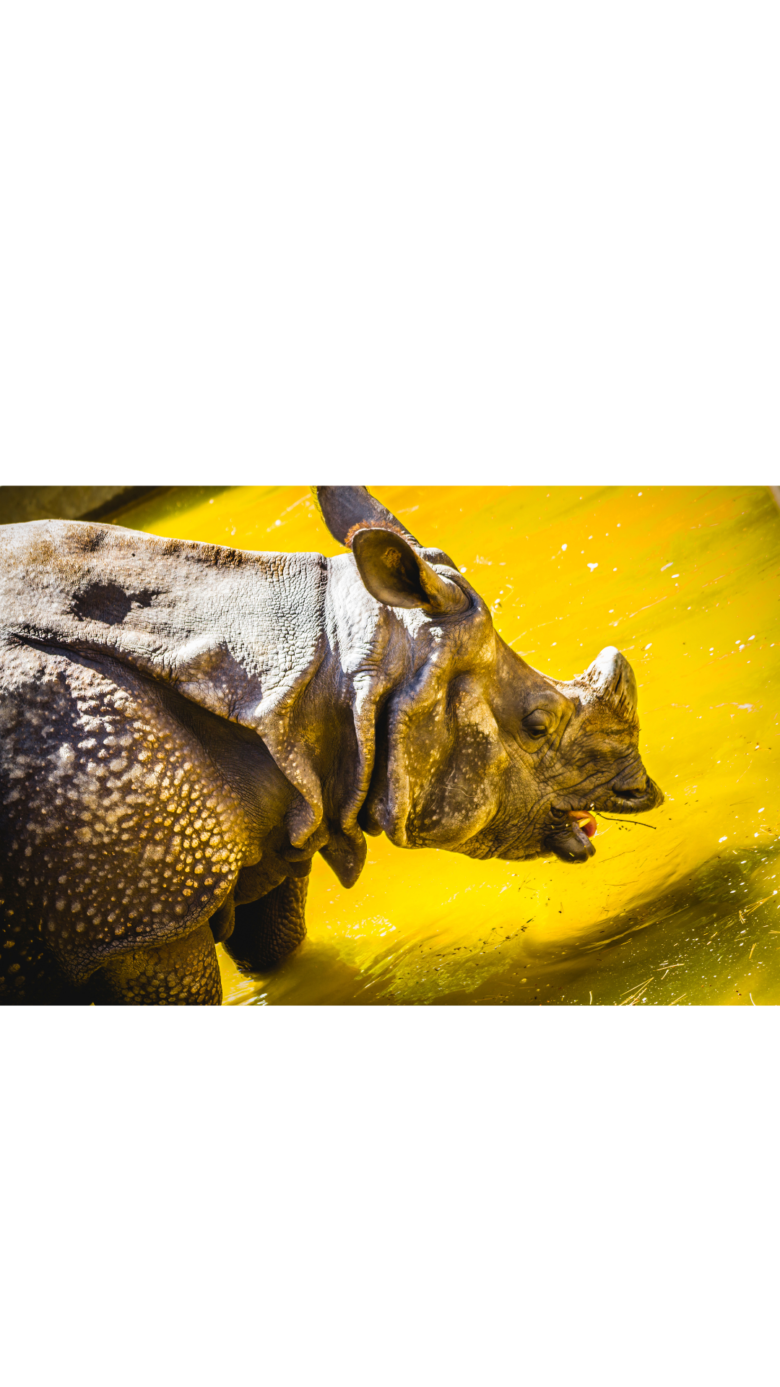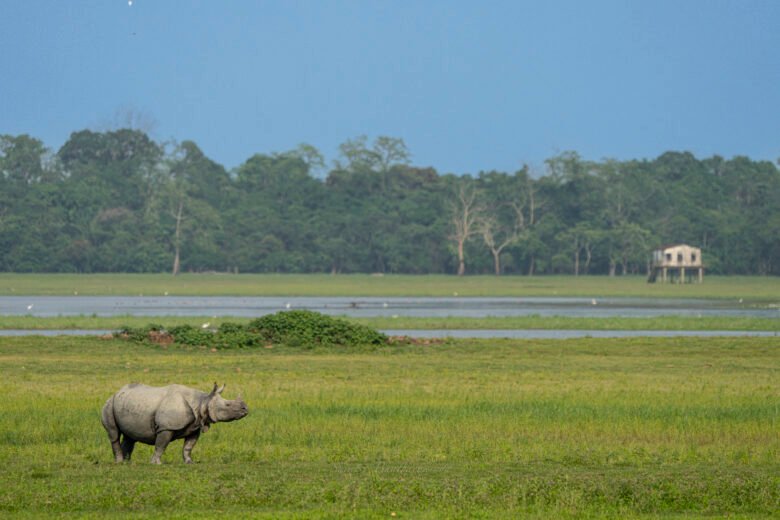A wildlife photography safari in India is unlike any other travel experience. From the rustle of leaves as a tiger slips into view to the golden light that bathes a herd of deer at dawn, each moment is fleeting—and priceless. Capturing these moments requires not just the right equipment, but also an understanding of the land, its wildlife, and safari etiquette.
Whether you’re booking your first photography safari in India or you’re a seasoned wildlife photographer, these tips will help you return home with photographs you’ll cherish forever.
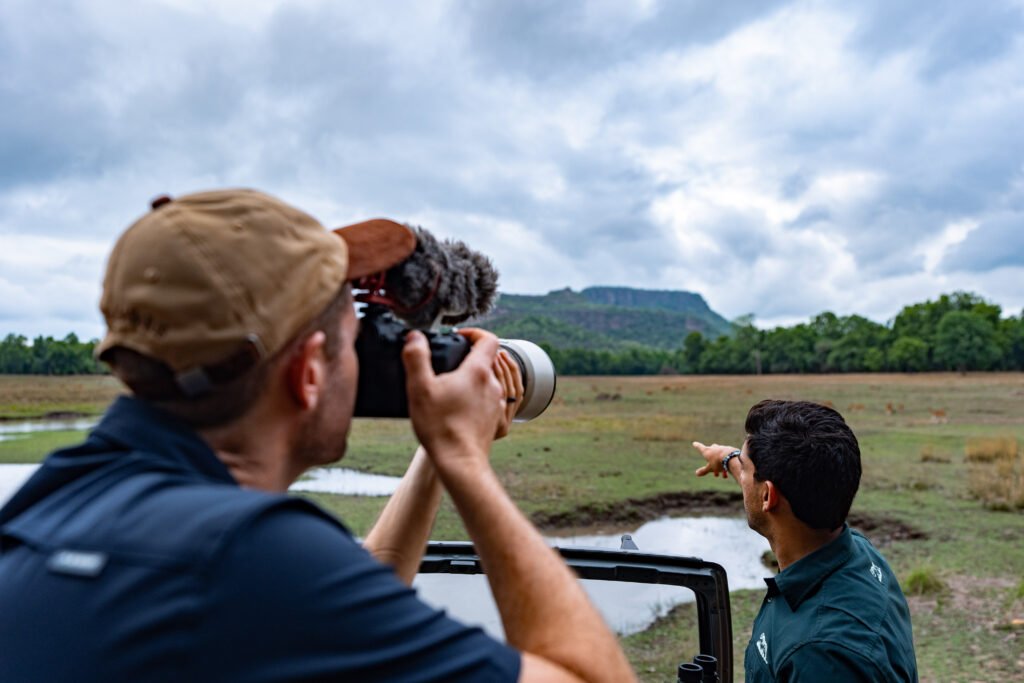
Do: Respect the Wildlife First
The number one rule on any Indian wildlife photography safari is to put the animals first. Maintain a respectful distance, never block an animal’s path, and let them behave naturally. A stressed animal won’t give you the authentic, relaxed images you’re hoping for.
Pro tip: Some of the best tiger shots happen when you simply sit quietly and allow the moment to unfold.

Do: Master the Light
Light is everything in photography—and in India’s forests, it changes fast. The golden hours of early morning and late afternoon are when the magic happens. Ask your guide to position the vehicle with the light behind you for rich colours and detail.
Pro tip: In dense jungles like Bandhavgarh or Kanha, adjust your ISO and aperture for low light without losing sharpness.
Do: Travel Prepared but Light
Bulky equipment can slow you down and make you miss a fleeting leopard sighting. Bring a versatile zoom lens (like 100–400mm), a fast prime for portraits, and keep them accessible at all times.
Pro tip: Always have your camera ready during transfers—you never know when a sloth bear or a herd of elephants might cross your path.
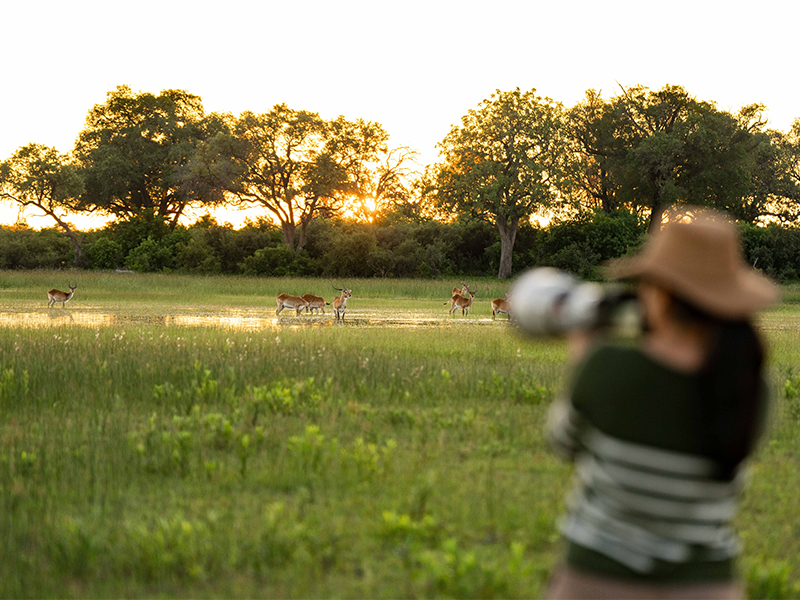
Don’t: Disturb or Distract
Avoid loud voices, sudden movements, and never use flash—it can startle wildlife and ruin the moment for other photographers in your jeep.
Pro tip: Wear neutral or earthy tones to blend into the environment and avoid reflecting light.
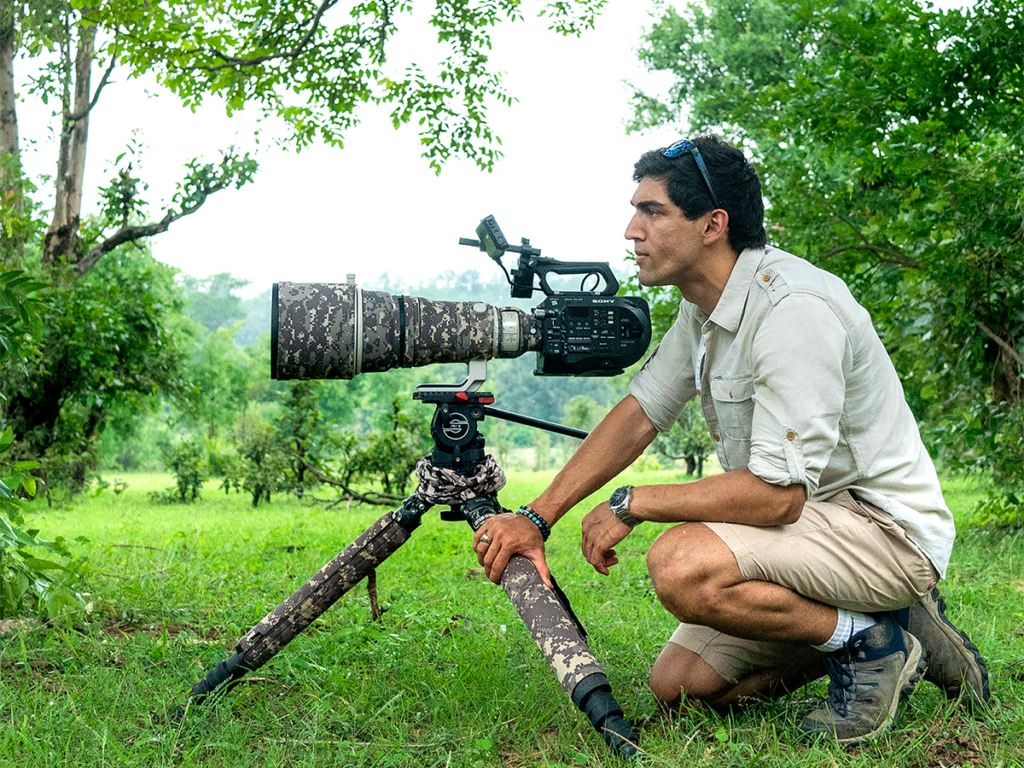
Don’t: Chase the Shot
An ethical photography safari in India is about patience. Pressuring your guide to follow or corner an animal can cause stress to the wildlife and risks losing the sighting altogether.
Pro tip: Sometimes the most powerful photographs are candid moments—a tigress drinking at a waterhole, a langur peering curiously at you from a tree.
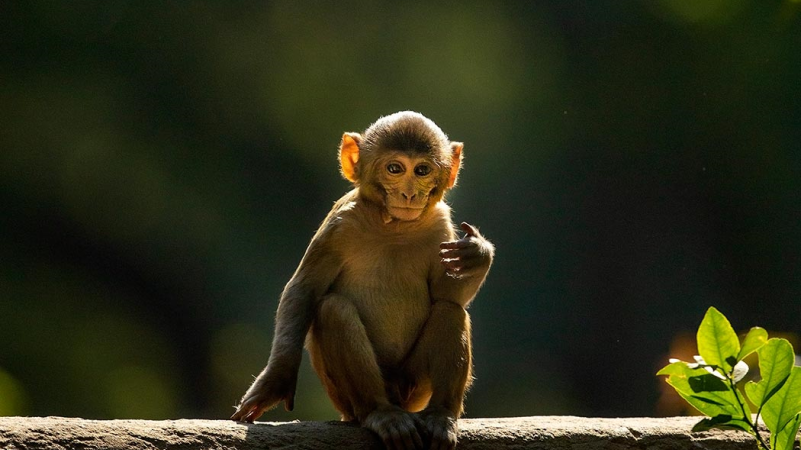
Do: Learn Before You Go
Wildlife won’t wait for you to figure out your camera settings. Familiarise yourself with your gear before the safari so you can adjust quickly for moving subjects, changing light, and unexpected action.
Pro tip: Practice tracking moving objects at home to nail sharp images of running deer or swooping birds.
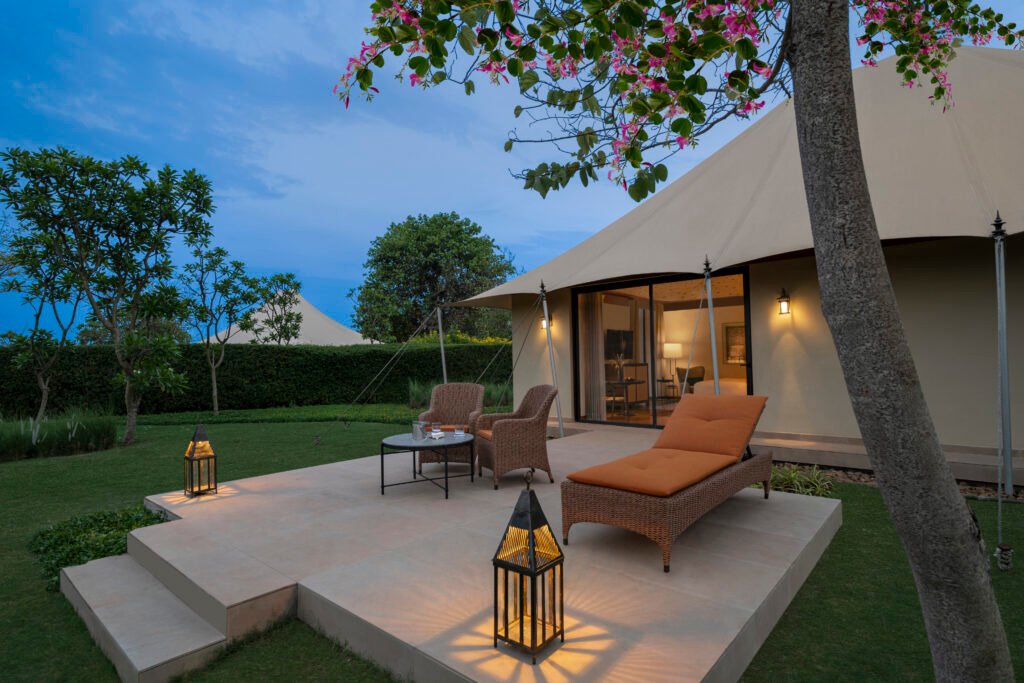
Final Thoughts
A wildlife photography safari in India isn’t just about the images—it’s about connection. The best photographs tell the story of a moment, a place, and the wild spirit of India’s forests. Travel with patience, humility, and respect, and your pictures will hold the kind of magic that no staged shot can ever match.
Before you pack your camera, make sure to read our full guide on the Best Photography Safari in India and explore our curated itineraries that blend once-in-a-lifetime wildlife encounters with world-class luxury.


